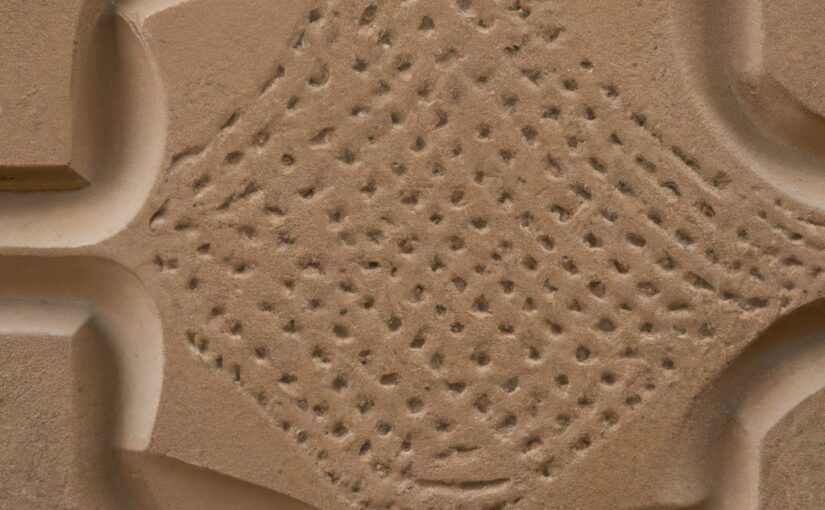Have you ever heard about natural cement? Well, I haven’t until recently and was really surprised about it. This seems strange as at some point in time this type of cement was not only the only type of cement available but also in high demand.
In recent years there has been an increased awareness of sustainability and green building practices. This has led to many new innovations in this area, including bioclimatic design principles and green materials to offer an environmentally friendly alternative to traditional cement-based construction materials.
But some things don’t need to be reinvented as they have been around for hundreds of years before the time of our modern cement. We are talking about natural cement which, due to lower levels of pollution, is a wonderful alternative.
Other, even simpler, construction materials – such as rammed earth even has been around since the very beginning of mankind. This topic we cover in another article.
The History of Natural Cement
Natural cement is a type of cement made from natural materials, such as limestone and clay. It is used in the construction industry because it can be more environmentally-friendly than other types of cement.
The use of natural cement dates back to the Roman Empire, when builders would use a mixture of volcanic ash and lime to make their buildings. This mixture was called pozzolanic cement. Today, we still use pozzolanic cement for many projects, but it is now often combined with Portland cement for better durability and strength.
How do they make it?
Natural cement is a type of hydraulic cement that is made from natural mineral sources. It is an environmentally friendly alternative to Portland cement, which requires more energy to produce and emits more carbon dioxide.
The process of making natural cement starts with the heating and burning of limestone or chalk in a kiln. The heat causes the limestone or chalk to break down into calcium oxide, which then reacts with water.
What are the Benefits of Building with Natural Cement?
Building with natural cement has many benefits, including, it is:
– a sustainable material that is recycable.
– more durable than concrete and other traditional building materials.
– be used to build homes, roads, bridges and other structures.
Natural Cement on Facades – Use in Decoration
Natural cements are a great way to add decorative elements on the facade of a building as it is very easy to work with. They can be used to create different ornaments, such as leaves, flowers, and vines.
So, if you are seeking a quick way to pep up the facade of your property – this is for you. We all know that beauty counts and the “wow-factor” is important for a buyer to fall in love with your real-estate. It doesn’t matter if you have blocks of flats for sale or seeking to speed up your villa sale in turkey. This works everywhere. Just make sure to get a plasterer that knows the material.
If not applied directly, the cements can also be casted into moulds and then applied to the facade of the building. This is done by attaching them to the surface of the facade with some kind of adhesive.
In the past even bigger elements were used in the construction of decorative facades, such as complete window frames. Depending on the mixture and added pigments the natural cement can have a very stone-like appearance.
A Buildable & Sustained Product
Natural cements are a natural product that is made from limestone and clay. They have been used in construction for centuries but they are not as common as concrete or other man-made materials.
The future possibilities for natural cements are still being explored. There is a lot of potential for this kind of cement. The only question is, whether or not the market demands it and if there will be other sustainable alternatives to cement.

One thought on “Rediscovering Old Construction Materials – Natural Cement”